#ZEMON
Explore tagged Tumblr posts
Text

本日、機会がありまして、若鶴酒造さんの三郎丸蒸溜所へ。
Today, I had a chance to visit to the Saburo-maru distillery by Wakatsuru Sake Brewery, at Tonami, Toyama pref.

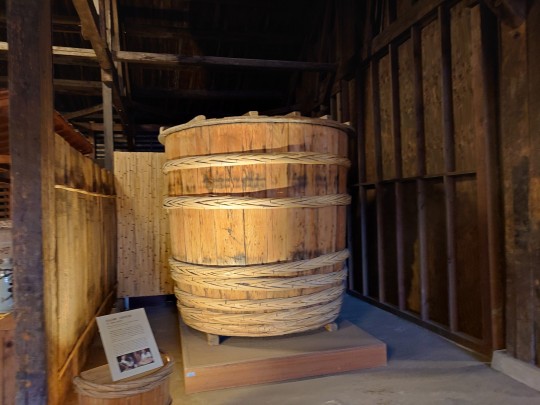

解説付きで見学させていただき…
We could learn how to made whiskey with exciting explanation...

世界初、ウイスキーの本場イギリスでも特許を取得された鋳物製蒸留器ゼモンも。
And we could see the distiller "ZEMON" that was the first casted distiller and having the patent in UK.


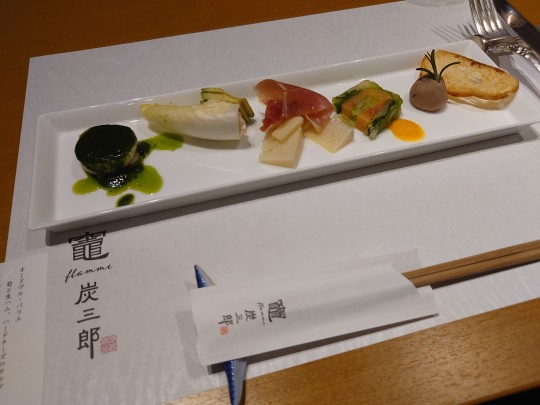
その後ディナーも堪能させていただきました。
Futhermore, we enjoyed lovely dinner!
230 notes
·
View notes
Text




I'm glad that you are not my friend, because you are terrible at it. Oh, and I suppose you got a real knack for it? I do. And I will prove it to you.
#hodedit#hart of dixie#tuserandrea#tuserjana#tuserkaz#tusercarolina#nellsdani#sallysimpsons#userjamiec#usersteen#usernat#userneve#userstream#userbean#usertammy#atangela#hod#myedit#zoe hart#lemon breeland#zemon#zemonedit#they and this cracks me up
103 notes
·
View notes
Text



#hodedit#hart of dixie#zoe hart#lemon breeland#hartofdaily#userlolo#userelliee#i loove them <3#zemon#had this on my laptop for months and i didnt even realize lmao
61 notes
·
View notes
Text
I desperately need someone to make an AU where WK ends up going with Fionna, Cake and Simon to other worlds and shit and he and Simon end up becoming vampires in 'the star', becoming better people, WK getting his crown nerfed/deactivated and by the end of the series they become travelling companions that go from world to world, exploring and learning because they don't feel like they belong anywhere so the only comfort they find is in each other because if someone doesn't do that, then I'll do it and nobody wants that
#just think about the potential angst???#Simon telling WK to go to Prismo after all of this is over and wish to deactivate the crown#and WK agrees????#knowing full well he's gonna die if he does????#and then both of them become vamps???#and after the deactivation WK starts going by Zemon????#cause Zema in Russian means winter#and Simon + Zema = Zemon#can you tell I'm going crazy?#simon petrikov#the winter king#simon x winter king#winterkov#adventure time fionna and cake
64 notes
·
View notes
Text
Daniel Bruhl is so pretty 🤎







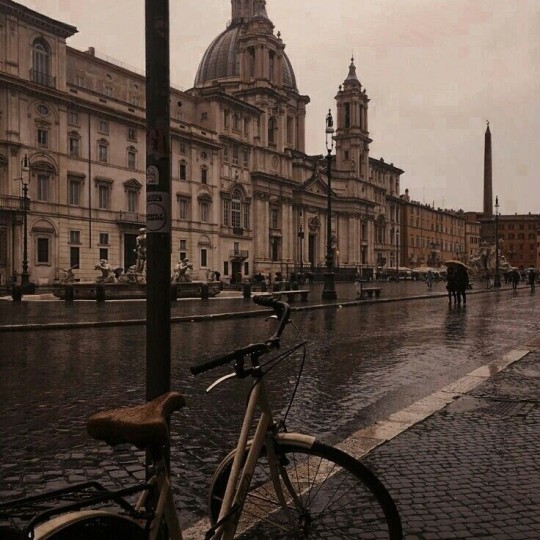

#marvel#baron helmut zemo#baron zemo#helmut zemo#the falcon and the winter soldier#zemo#daniel brühl interview#daniel bruhl#daniel brühl#zemonation#hes so babygirl#hes so perfect#hes so sweet#hes so sexy
71 notes
·
View notes
Text




Joshua Brown's illustrations of E.P. Thompson, C.L.R. James, Natalie Zemon Davis and Eric Hobsbawm in Visions of History (1984) by MAHRO - The Radical Historians Organization.
7 notes
·
View notes
Text
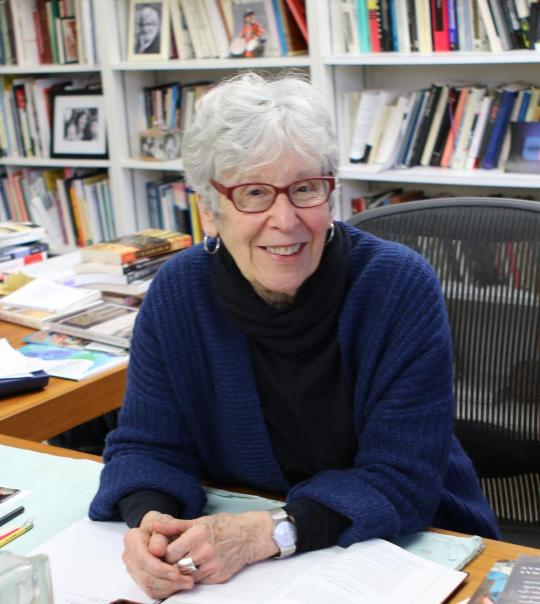
With her book The Return of Martin Guerre (1983), the historian Natalie Zemon Davis, who has died aged 94, attracted a wide readership and inspired future historians. It came out of working as a historical consultant on a film of the same name released the previous year, starring Gérard Depardieu and Nathalie Baye, and directed by Daniel Vigne.
Martin Guerre, a peasant farmer in the 16th-century Pyrenees, left his wife Bertrande to go on a journey, only to have his marital role usurped by an impostor who “returned” pretending to be him. After some years of cohabitation, Bertrande denounced the impostor, her testimony seemingly confirmed by the return of the real Martin Guerre. The impostor was duly tried and executed.
The film-makers’ questions about period detail and behaviour intrigued Davis. But other aspects of the movie genre troubled her, so she went back to the archives and wrote up her own compact account of 120 pages.
A gripping narrative and a lesson in method, Davis’s book raised questions about the reliability of evidence and the motives and worldviews of peasant men and women from a faraway place and time. It is an example of a microhistory, where historians turn away from the big canvas of kings, queens and battles to understand ordinary lives, often through a highly localised case study.
The Return of Martin Guerre was one of a series of works including Society and Culture in Early Modern France (1975), Fiction in the Archives (1987), Women on the Margins (1995) and The Gift in Sixteenth-Century France (2000). Davis’s trademark was the longer essay or biographical study, often focused on marginal or misunderstood personalities, all spiced with a sharp attention to issues of religion, gender, sex, class, money and power. Historical records for her were never dull: she once described them as “a magic thread that links me to people long since dead and with situations that have crumbled to dust”.
Born in Detroit, Natalie was the daughter of Helen (nee Lamport) and Julian Zemon, a textile trader, both children of east European Jewish immigrants to the US. While studying at Smith College, Massachusetts, at the age of 19 she fell in love with Chandler Davis, a brilliant mathematician and socialist activist; they married in 1948 and went on to have a son and two daughters. Her first degree, from Smith (1949), was followed by a master’s at Radcliffe College (1950).
Her life with Davis was productive and fulfilling but also complicated her early career, as his principled stances against McCarthy-era restrictions on political expression led to both him and her being barred from a number of posts, and from travelling abroad. This she needed to do for her doctorate on 16th-century France.
After finally gaining her PhD at Michigan University in 1959, Davis went on to hold positions at Toronto, moved in 1971 to the University of California, Berkeley, where she was appointed professor, and in 1978 to Princeton, retiring in 1996. She became only the second woman to serve as president of the American Historical Association (1987), and the first to serve as Eastman professor at Oxford (1994). In 2012 she was appointed Companion of the Order of Canada, and in the US was awarded a National Humanities Medal.
Davis helped establish programmes in women’s studies and taught courses on history and film. Her AHA presidential address, History’s Two Bodies (1988), summed up her thinking about gender in history. It was also the first such address to be printed with illustrations. Her book Slaves on Screen (2002) was one of the first in-depth treatments of this topic by a professional historian.
In her last two books, Davis returned to the exploration of mixed identities. Trickster Travels (2006) was about the 16th-century scholar Leo Africanus, whose complicated Jewish and Muslim roots in North Africa she expertly unpicked. Listening to the Languages of the People (2022) focused on the 19th-century scholar Lazare Sainéan, a Romanian-Jewish folklorist and lexicographer who published one of the world’s first serious studies of Yiddish, but had to abandon his Romanian homeland for Paris in 1901.
At the time of her death, Davis was completing a study of slave families in colonial Suriname: it is hoped this will appear under the announced title of Braided Histories. In this way she continued to explore unconventional topics, going against the grain of Eurocentric history and looking instead at the boundaries of identity and belonging in very different settings.
Visiting many universities and research centres in her retirement, Davis encouraged younger scholars by conveying the potential of history to inspire empathy and hope for change. While at my own institution, the University of Amsterdam, in 2016, she made it her main aim to talk to students rather than to other professors. In 2022-23 she presented her latest work in online seminars, and wrote and corresponded actively until shortly before her death from cancer.
Chandler died in 2022. Natalie is survived by her three children, Aaron, Hannah and Simone; four grandchildren; three great-grandchildren; and a brother, Stanley.
🔔 Natalie Zemon Davis, historian, born 8 November 1928; died 21 October 2023
Daily inspiration. Discover more photos at Just for Books…?
14 notes
·
View notes
Text

Get in loser, we're getting married on October 25th ~
3 notes
·
View notes
Text
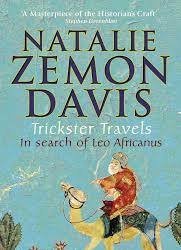


Ha muerto Natalie Zemon Davis (1928-2023), una de mis grandes memorias de mis años de estudiante de historia fue la lectura de "El regreso de Martin Guerre".
A través de los años estos tres libros se convirtieron en algunos de mis favoritos.
¡Qué la tierra le sea leve y su nombre sea una bendición!
#natalie zemon davis#el regreso de martin guerre#en busca de leo africanus#mujeres en los margenes#historia medieval europea#historia moderna
5 notes
·
View notes
Photo

The Punisher (2018) #16
7 notes
·
View notes
Text
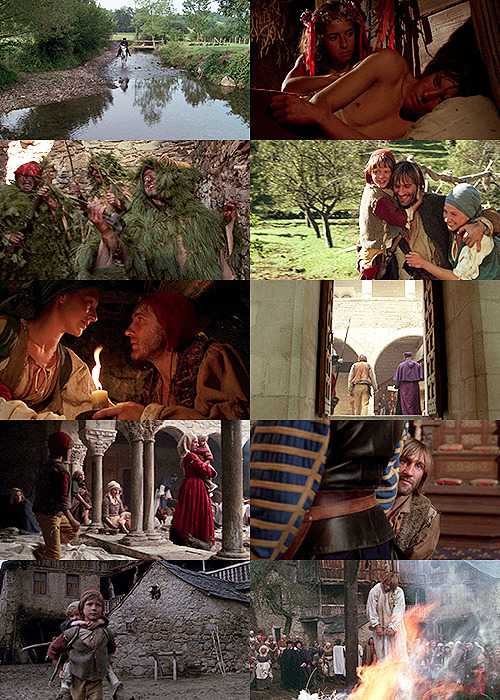
The Return of Martin Guerre (1983). In medieval France, some villagers challenge a man's claim of identity when he (as he says) returns home from some time in the army.
I didn't know much about this case going in, but have read about it pretty compulsively since finishing it. What a fascinating story, and one this movie depicts with a lot of humanity and empathy. It's a mystery, it's a romance, it's a harrowing story about identity and worth, with some pretty killer costuming and a distinct tone. If anything, I do wish though that we'd gotten a bit more of a sense of certain dynamics, but overall, it's a really interesting period crime drama. 8/10.
#the return of martin guerre#1983#Oscars 56#Nom: Costume#Daniel Vigne#janet lewis#Jean-Claude Carrière#natalie zemon davis#gerard depardieu#nathalie baye#maurice barrier#bernard-pierre donnadieu#france#french#1500s#mistaken identity#crime#romance#father-son#8/10
6 notes
·
View notes
Text
Audio: rapid_data_transfer ♪ Oliver Buckland
Dib is annoying as usual...
8 notes
·
View notes
Text







no one: zemon:

#hodedit#hart of dixie#zemon#zemonedit#zoe hart#lemon breeland#tuserjana#sallysimpsons#tuserkaz#tusersnat#usersteen#userelliee#tuserkers#hod#myedit#tv#i love my lil zemon sets#no one cares BUT WE DOOO#we is me and jana lol
29 notes
·
View notes
Text
Although I would have preferred a critique more attentive to my text and to the Arrest Memorable of Jean de Coras, more subject to "the sovereignty of sources" to which it claims loyalty, I welcome Robert Finlay's response to my challenge.
Natalie Zemon Davis, about to wipe the floor
#i love it#(reading martin guerre for the first time for class and god it's so good)#the return of martin guerre#history#natalie zemon davis#bern speaks
1 note
·
View note
Text
More than three centuries after she made a perilous transatlantic voyage to study butterflies, a rare copy of the hand-coloured masterwork by the great naturalist and artist Maria Sibylla Merian is returning to Amsterdam.
The Rijksmuseum, which holds more than half-a-million books on art and history, last week announced it had acquired a rare first-edition copy of Metamorphosis of the Insects of Suriname (Metamorphosis Insectorum Surinamensium), described as a high point of 18th-century book production when the Dutch Republic was “the bookshop of the world”.
More than half-a-metre tall and illustrated with 60 richly coloured plates, Metamorphosis revealed to a wider public the transformation of tropical insects from egg to adult.
Merian and her daughters produced about 200 copies from 1705, but today only an estimated 67 remain, and few with colour illustrations.
“It’s one of the most fascinating books in natural history that we know,” Alex Alsemgeest, curator of library collections at the Rijksmuseum, told the Observer. Also “quite exceptional”, he said, was that Merian took the entire book production process “into her own hands”, from the voyage to Suriname to the commercialisation of the work, which was sold to merchants and scientists across Europe.
With its beautiful, sometimes disturbing images, rendered with pinpoint precision, Metamorphosis is a work of art and scientific scholarship, from a time when there was no rigid division between disciplines. It is also part of the story of Dutch colonialism. Merian recorded the local names of plants and insects she studied. In contrast to other European naturalists, she credited local people with helping her discover the colony’s wildlife, although didn’t name individuals.
Finally, there is the fascinating life of Merian herself. As a 52-year-old divorcee, she embarked on a self-funded voyage to Suriname in 1699, driven by relentless curiosity about the lives of insects.
Born in Frankfurt, Merian learned to paint in her artist stepfather’s workshop, and became fascinated by silkworms, moths and butterflies. She married one of her stepfather’s apprentices and had two daughters. Ensconced in a comfortable life in Nuremberg, she bred and sketched caterpillars, publishing celebrated books about the plants and insects around her.
At this time, many people still believed that insects spontaneously generated in the dirt. While Merian was not the first to show the transformation from egg, through larva and pupa, to adult insect, “her artistic talents helped to bring this message to a wider audience” Alsemgeest said.
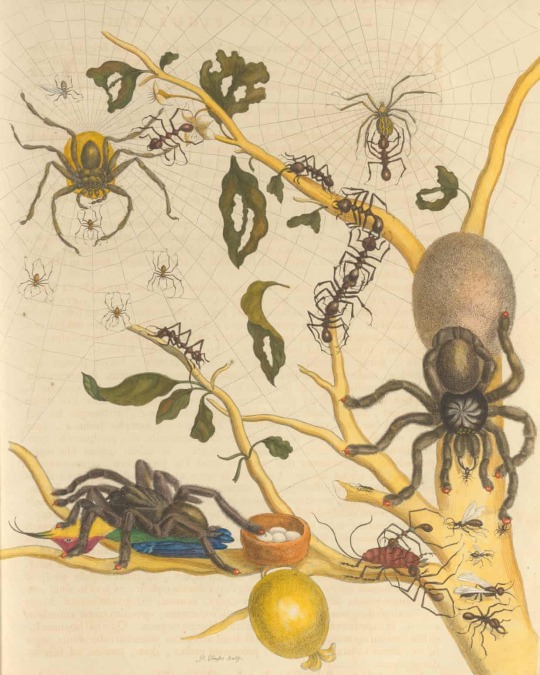
Described by the late historian Natalie Zemon Davis as “curious, wilful” and “a harder person to pin down” than other notable contemporaries, Merian left her husband to join a strict Protestant sect in Friesland, before eventually setting up a business in Amsterdam.
It was in the Dutch city she discovered in cabinets the vivid butterflies of Suriname, a Dutch colony until 1975, on the northern coast of South America. Having moved there with her younger daughter, Dorothea, she criticised Dutch settlers who only cared for sugar, ignoring the fertile potential of the soil for other crops.
While she wrote little about human behaviour, Merian noted the cruelty meted out to enslaved women. In a passage about a plant that induced abortions, she described them telling her that abortions would mean their children could be born free in their own country.
Her book depicted the beauty and savagery of the natural world, as well as some wincingly realistic creepy-crawlies. The first image shows cockroaches crawling over an unripened pineapple, a fruit then celebrated in Europe as a status symbol. In another illustration, a tarantula attacks a hummingbird. Merian is credited with giving the creature its Dutch name, vogelspin, meaning “bird-spider”.
Her image would be dismissed as a fantasy. Alsemgeest said: “In the 18th century, people responded: ‘that’s what you get when you send a woman to tropical places. She probably made that up’”. But scientists later confirmed her findings, he added.
The spider plate, he said, was a very good example of how Merian worked. “She was a really good observer.”
#radfem#radblr#radical feminism#gender critical#terfblr#radical feminist#radfem safe#terf safe#article#women in science#female artists
63 notes
·
View notes
Text
Daniel Bruhl is so pretty🖤🩶🤍









#marvel#baron helmut zemo#baron zemo#helmut zemo#the falcon and the winter soldier#zemo#daniel brühl#daniel bruhl#daniel brühl interview#hes so babygirl#hes so perfect#hes so sweet#hes so sexy#ZemoNation
42 notes
·
View notes